The ravages of a brain disease

“I got something wrong with my brain,” says Stu Bryant as he tries to talk about his frontotemporal dementia. FTD is a degenerative brain disease affecting the frontal lobes that robs victims of their self-restraint and ability to decipher social situations. (Robert Gauthier / Los Angeles Times)
When Stu Bryant began acting rude and impulsive, his family was baffled. Then they learned he had frontotemporal disease, which strips away self-restraint and the ability to decipher social situations. See full story
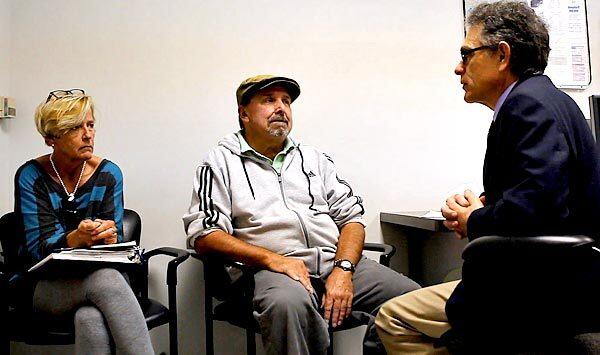
Dr. Mario Mendez visits with Stu and Maureen “Moe” Bryant at the UCLA Frontotemporal Dementia and Neurobehavior Clinic. During a recent visit to the clinic, Stu disappeared for nearly 15 minutes, only to be found wandering in a gift shop in a nearby building. (Robert Gauthier / Los Angeles Times)
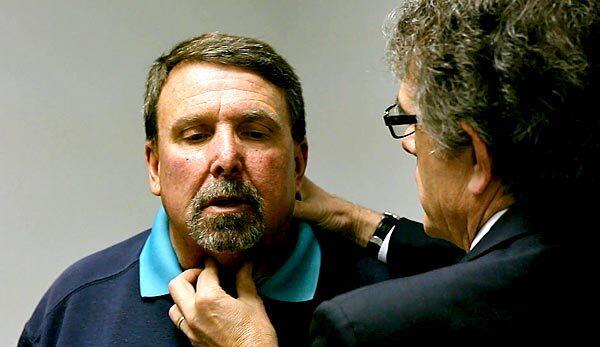
Dr. Mario Mendez checks Stu Bryant’s swallowing reflex during a visit to the UCLA clinic. FTD patients often lose their gag reflex and choke after taking in too much food, too fast. . (Robert Gauthier / Los Angeles Times)
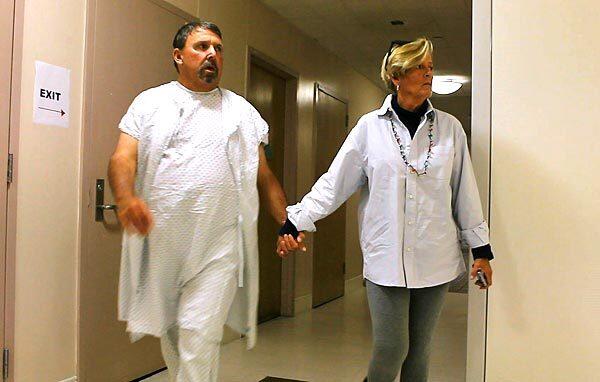
On the day before Thanksgiving, Moe and Stu visit UCLA again for an MRI to check the progression of his disease. The results revealed only minute changes in his brain over the last year, but that offered little solace to Moe. (Robert Gauthier / Los Angeles Times)
Advertisement
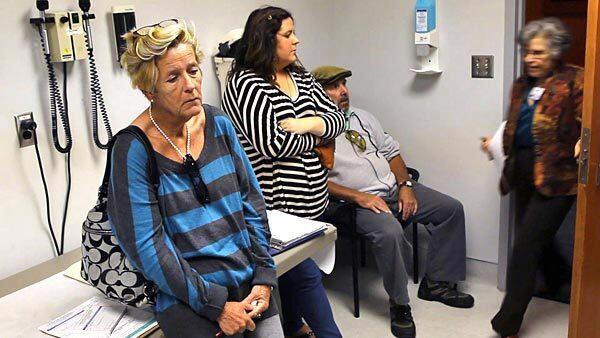
Moe, daughter Jessica and Stu wait to finish a session at the UCLA clinic with nurse practitioner Jill Shapira. (Robert Gauthier / Los Angeles Times)
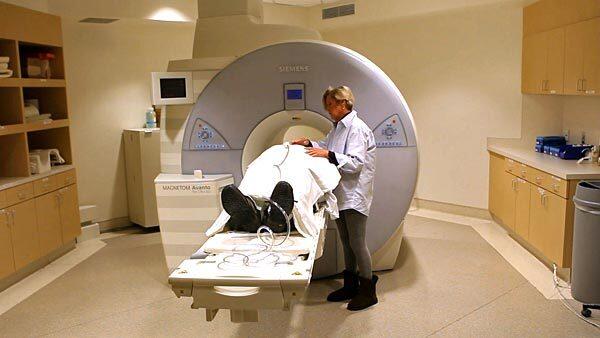
Moe comforts Stu before his MRI at the clinic. (Robert Gauthier / Los Angeles Times)

After his first vist with Dr. Mario Mendez at UCLA, Stu was prescribed a regimen of medications designed to suppress his impulsive and repetitive behaviors. (Robert Gauthier / Los Angeles Times)
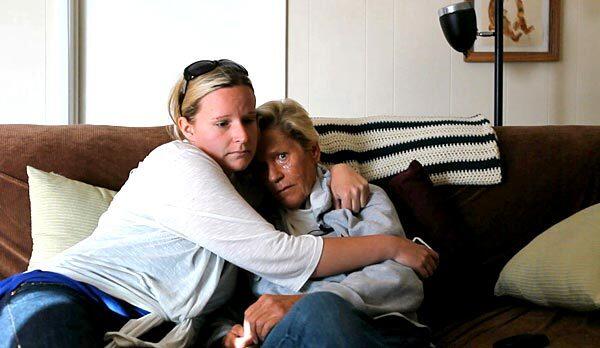
Katy Bryant comforts her mother, Moe, after a long afternoon of intevriews with a reporter. . (Robert Gauthier / Los Angeles Times)
Advertisement
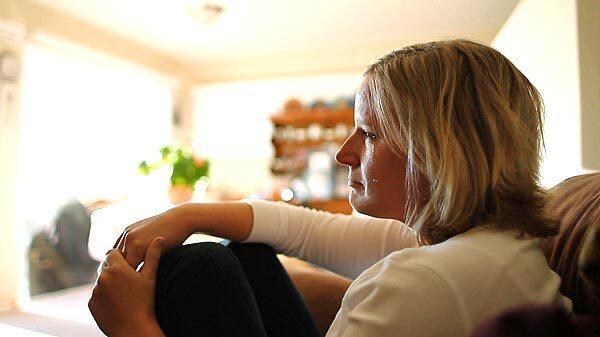
Katy Bryant weeps as she talks about the progression of her father’s brain disease. “There’s moments when I’m home and I’ll see that same face. He’ll look at me with the same look when I was 5 years old. And then other times it’s just not there, and I know that that’s the disease.” (Robert Gauthier / Los Angeles Times)
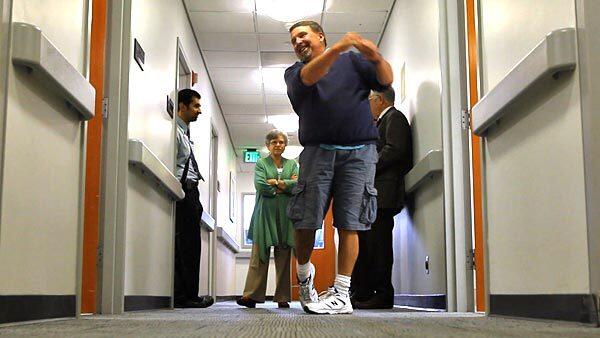
Stu follows through with one of numerous practice golf swings as he talks with staff members at the UCLA clinic. (Robert Gauthier / Los Angeles Times)
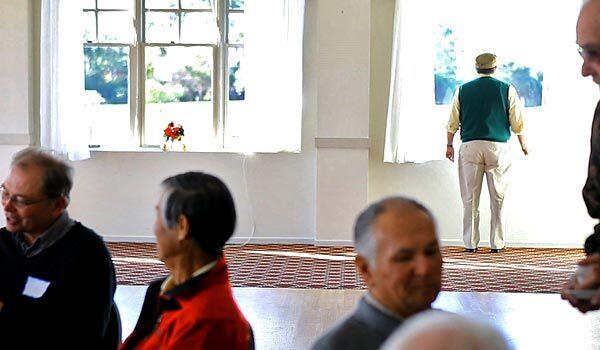
Stu pauses at a window for a moment amid his pacing of the floor during a golf banquet in Oxnard. As the disease progresses, he is having a more difficult time sitting still and engaging with others. (Robert Gauthier / Los Angeles Times)
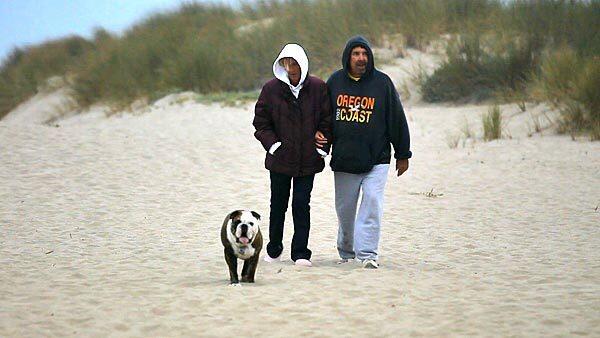
After dinner, Moe and Stu often take their dogs for a walk on the beach outside their Oxnard home. Stu’s life is defined by routine, which Moe works hard to maintain. (Robert Gauthier / Los Angeles Times)







